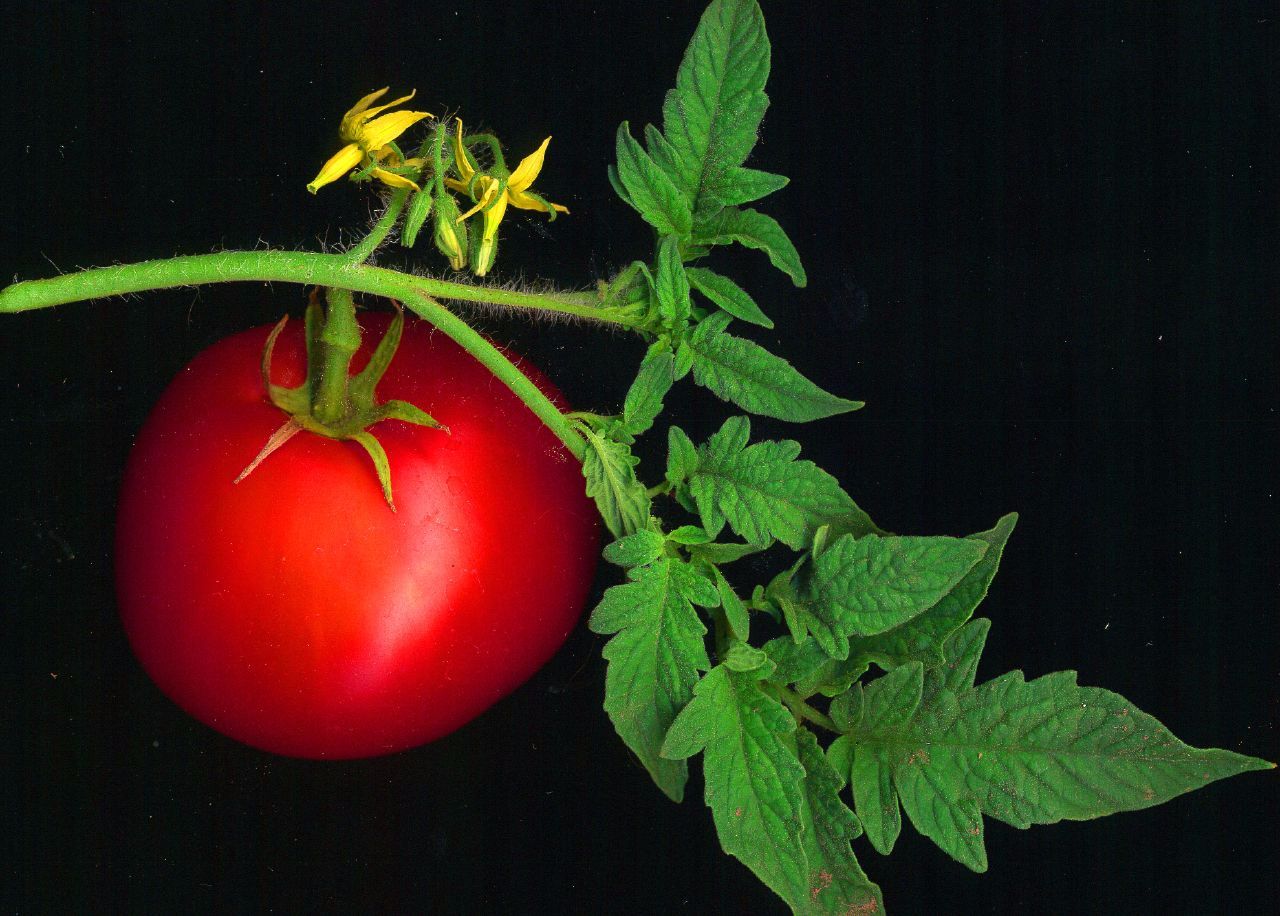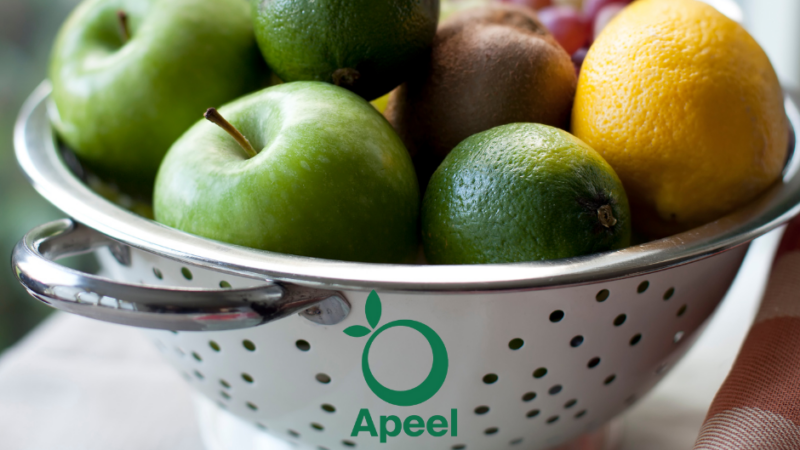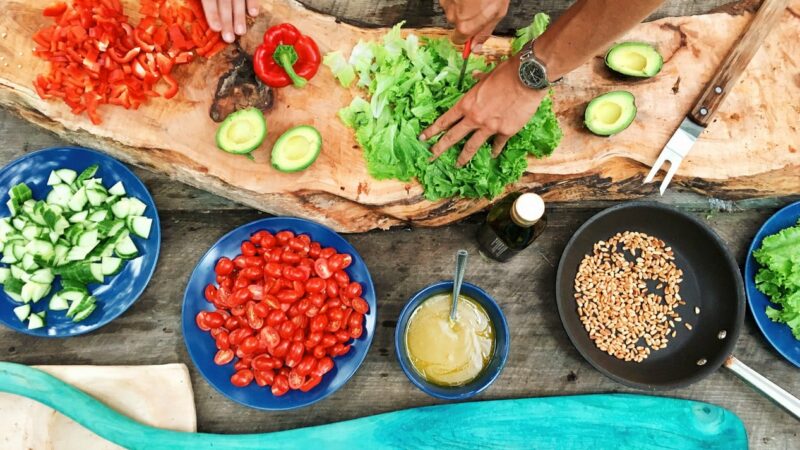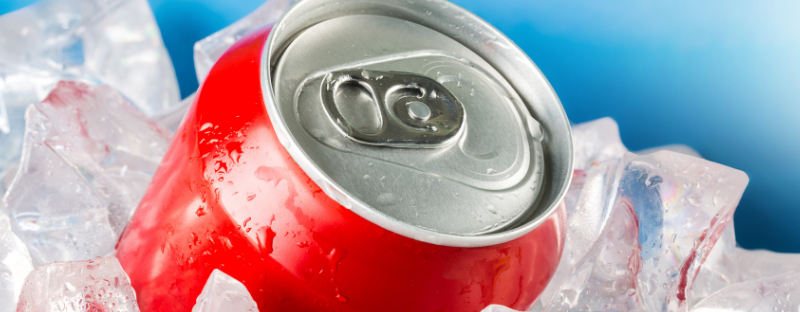GROW YOUR OWN: Tomatoes and Peppers

You can taste the sun in a ripe homegrown tomato, but only if the tomato plant has enjoyed a robust, healthy life. This is no great challenge in climates where summers are long and warm, but you will need special varieties to grow great tomatoes if you have a short, cool season. Disease resistance is important in all climates because tomatoes can be weakened or killed by several widespread diseases.
To learn more about getting started with your own garden, see Vegetable Gardening Tips for Beginners.
Best Tomato Varieties for Your Location
check out University of Idaho Recommendations
• Short, cool summers: Try early-maturing cherry tomatoes such as blight-resistant ‘Jasper’, along with heirlooms selected in cold climates around the world such as golfball-size ‘Stupice’ from Czechoslovakia or the heart-shaped ‘Anna Russian Oxheart’.
• Moderate summers: Full-season varieties known for great flavor such as ‘Brandywine’, an Amish heirloom from Pennsylvania, can be mixed with ‘Sun Gold’, a fruity-tasting yellow cherry tomato, or full-flavored, chocolate-colored ‘Black Krim’ for a beautiful and productive tomato patch.
• Long, humid summers: Resistance to fusarium wilt is crucial yet easy to come by in popular varieties such as baseball-size red ‘Better Boy’ or ‘Super Sweet 100’ cherry. Among heirlooms, purple-blushed varieties such as ‘Black Cherry’ or superjuicy ‘Pruden’s Purple’ often show good tolerance of muggy weather.
• Hot, dry summers: Disease-resistant, heat-tolerant ‘Champion’ always makes a good crop of round slicing tomatoes, which contrast beautifully with golden ‘Persimmon’ or sliced rounds of meaty ‘San Marzano’ paste tomatoes.
Growing Peppers
Garden peppers are pickier than tomatoes when it comes to weather, so choosing varieties suited to your climate is fundamental to growing a good crop of ripe peppers. Most peppers start out green and gradually ripen to red, yellow or orange, depending on variety. Ripe peppers taste better and have much more vitamin C compared with green ones, so they are worth waiting for. In the garden, ripening peppers are at risk for developing cracks and sunscald, neither of which will happen if you pick peppers when they begin to change colors and allow them to ripen at room temperature.
Best Pepper Varieties for Where You Live
• Short, cool summers: Early-maturing ‘Ace’ red bell is a cold-climate standout, but you may also do well with ‘Cubanelle’ frying peppers, which develop a mild, sweet flavor before they are fully ripe.
• Moderate summers: Peppers that load up with fruit early such as ‘Carmen’ frying pepper and ‘Lipstick’ sweet pimento shorten the wait for homegrown peppers.
• Long, humid summers: Most peppers can be grown with ease in warm climates, but banana peppers (sweet or hot) and ‘Jupiter’ red bell always produce bumper crops.
• Hot, dry summers: Southwestern peppers include dozens of varieties that prosper in hot climates, for example ‘Big Jim’ green chili pepper, ‘Santa Fe’ hot chili, and lots of local heirlooms.
Growing Tomatoes and Peppers
Tomatoes and peppers are members of the same botanical family, so they are grown in similar ways.
1. About six weeks before your last spring frost date, start seeds indoors under fluorescent lights. Keep seedlings warm, moist and almost touching the lights. When seedlings are about six weeks old, transplant to larger containers (still indoors).
2. Harden off homegrown or purchased seedlings by gradually exposing them to outdoor weather for a few hours each day for at least a week before transplanting.
3. Plan to transplant seedlings to the garden (or outdoor containers) after your last frost has passed, during a period of warm weather. Choose a sunny site with fertile, well-drained soil, and loosen the planting bed to 12 inches deep. Mix a 2-inch layer of mature compost into the bed, and then dig planting holes 18 inches apart. Enrich each hole with a spadeful of additional compost mixed with a balanced organic fertilizer (follow application rates on the label).
4. Set tomatoes so only the top five or six leaves show at the surface. Set peppers so that the small seedling leaves barely show at the soil line.
5. Pull weeds by hand until the soil warms and plants are growing vigorously. Before hot weather arrives, mulch with grass clippings, straw or leaves to deter weeds and retain moisture.
6. Use wire cages to keep lanky tomato branches high and dry, and tie pepper plants to sturdy stakes.
FIND OUT MORE ABOUT GROWING TOMATOES IN Southern IDAHO @ http://magicvalley.com/lifestyles/food-and-cooking/southern-idaho-s-tomato-nerd-shares-his-wisdom/article_3d5935f8-fc96-5b0a-b832-3f840310166b.html






